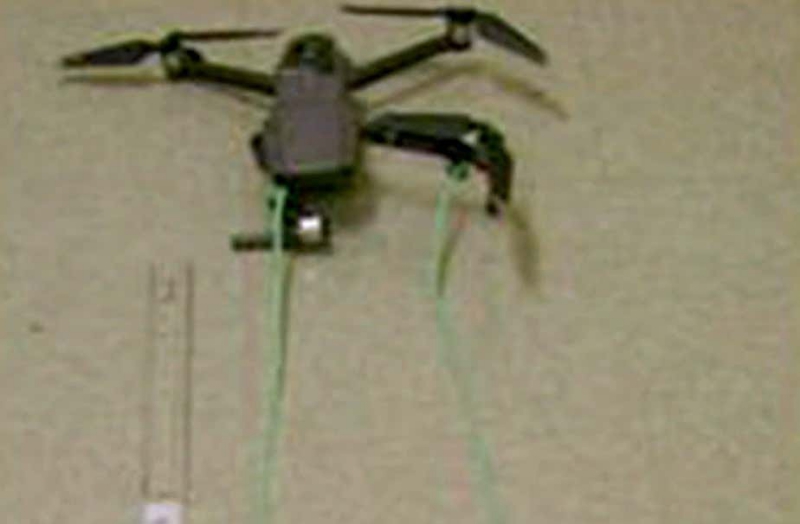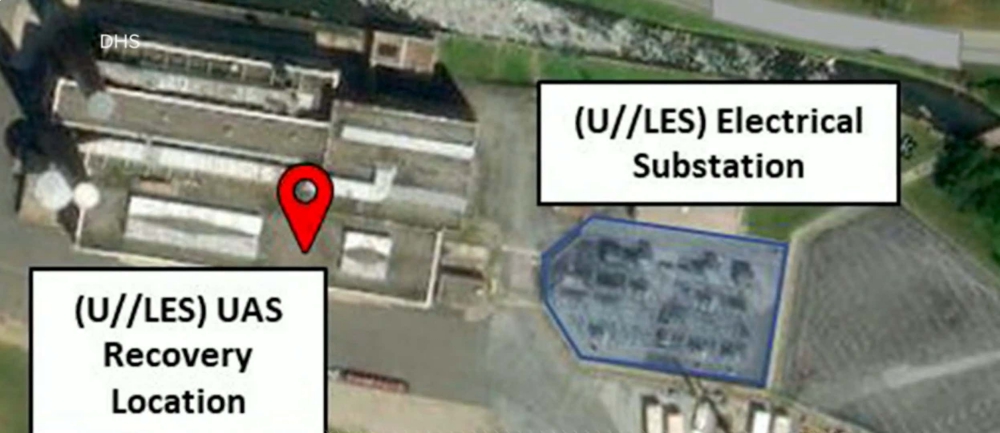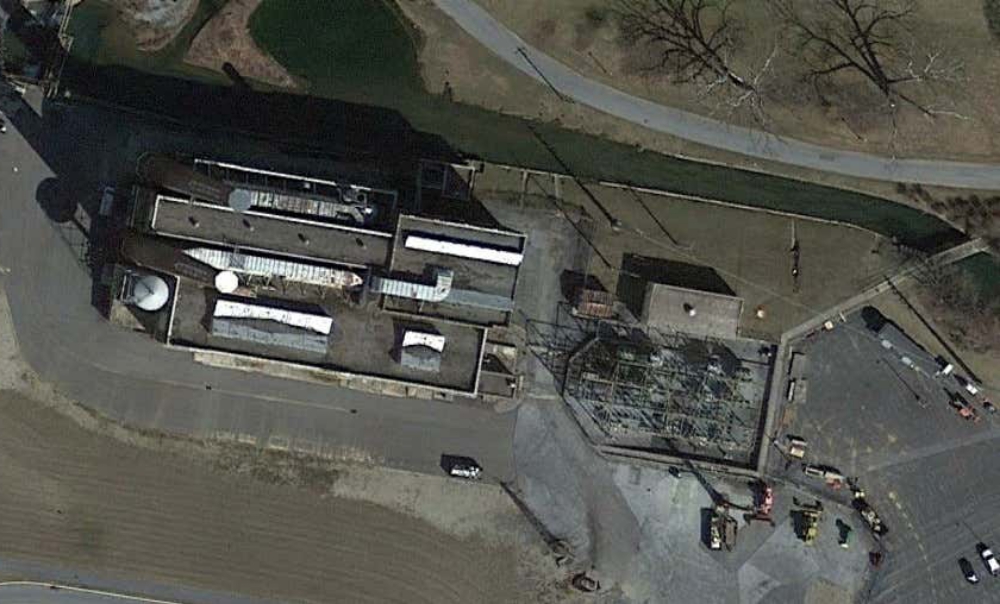US officials believe that a DJI Mavic 2, a small quadcopter-type drone, with a thick copper wire attached underneath it via nylon cords was likely at the center of an attempted attack on a power substation in Pennsylvania last year.
An internal U.S. government report issued last month says this is the first time such an incident has been officially assessed as a possible drone attack on energy infrastructure in the United States, but that this is likely to become more commonplace as time goes on. This is a reality The War Zone has sounded the alarm about in the past, including when we were first to report on a still-unexplained series of drone flights near the Palo Verde nuclear powerplant in Arizona in 2019.
ABC News was first to report on the Joint Intelligence Bulletin (JIB) covering the incident in Pennsylvania last year, which the Department of Homeland Security (DHS), Federal Bureau of Investigation (FBI), and the National Counterterrorism Center (NCTC) published on Oct. 28, 2021. The document, which ABC obtained a copy of — but released only a small portion of — is marked unclassified, but some parts are labeled Law Enforcement Sensitive (LES) and For Official Use Only (FOUO). Other outlets have since obtained copies of this document, which reportedly says this likely attack took place on July 16, 2020, but it does not identify where the substation in question was located.
“This is the first known instance of a modified UAS [unmanned aerial system] likely being used in the United States to specifically target energy infrastructure,” the JIB states. “We assess that a UAS recovered near an electrical substation was likely intended to disrupt operations by creating a short circuit to cause damage to transformers or distribution lines, based on the design and recovery location.”
ABC
and other outlets have reported that the JIB says that this assessment is based in part on other unspecified incidents involving drones dating back to 2017. As already noted, The War Zone previously reported on another worrisome set of incidents in 2019 around Arizona’s Palo Verde Generating Station, the largest nuclear power plant in the United States in terms of its electrical output. In the process of reporting that story, we uncovered other reported drone flights that prompted security concerns near the Limerick Generating Station nuclear power plant in Pennsylvania earlier that year.
“To date, no operator has been identified and we are producing this assessment now to expand awareness of this event to federal, state, local, tribal, and territorial law enforcement and security partners who may encounter similarly modified UAS,” the JIB adds.

A low-quality image showing the drone recovered after the likely attempted attack in Pennsylvania. The green lines are the nylon cables. A copper wire was attached to the bottom ends of both lines.
Beyond the copper wire strung up underneath it, the drone reportedly had its camera and internal memory card removed. Efforts were taken to remove any identifying markings, indicating efforts by the operator or operators to conceal the identifies and otherwise make it difficult to trace the drone’s origins.
It’s unclear how much of a threat this particular drone posed in its modified configuration. The apparent intended method of attack would appear to be grounded, at least to some degree, in actual science. The U.S. military employed Tomahawk cruise missiles loaded with spools of highly-conductive carbon fiber wire against power infrastructure to create blackouts in Iraq during the first Gulf War in 1991. F-117 Nighthawk stealth combat jets dropped cluster bombs loaded with BLU-114/B submunitions packed with graphite filament over Serbia to the same effect in 1999.
This particular incident in Pennsylvania last year highlights separate security concerns relating to Chinese-made small drones that are now widely available in the United States and are even in use within the U.S. government. DJI, or Da Jiang Innovations, is by far the largest Chinese drone maker selling products commercially in the United States today, and it has been at the center of these debates in recent years.
A reader has been able to identify the location of the electrical substation and where the drone was recovered based on the partial map from JIB. The substation and adjacent building are across the way from the Hershey Company’s old chocolate factory in Hershey, Pennsylvania. This is also relatively close to the Hersheypark amusement park.
Source: The Drive


